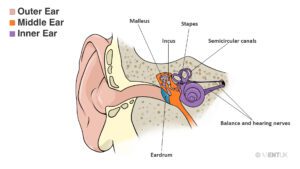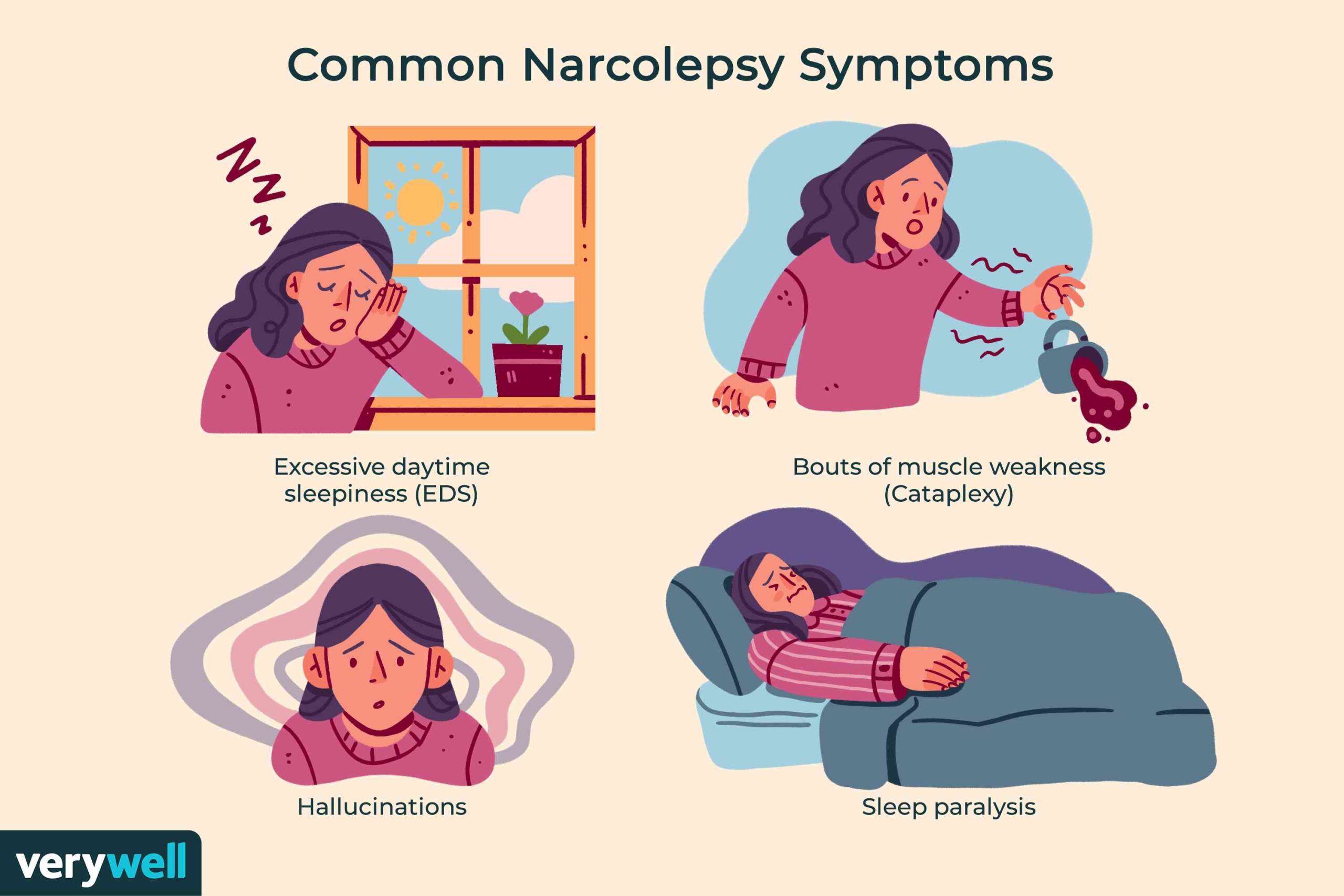Mastoid surgery complications-various aspects-
Complications arising from a mastoidectomy, a surgical operation on the temporal bone, can include:
Hearing loss: You might experience sensorineural hearing loss, which may be permanent if the inner ear or balance system incurs damage.
Facial nerve injury: This can lead to weakness or paralysis within the face.
Taste changes: You may have dysgeusia, which refers to a change in taste that could persist for several months.
Tinnitus: You might notice ringing, hissing, or buzzing in your ear.
Dizziness: This is typically temporary, but may endure longer if the balance system is harmed.
Infection: You could encounter a surgical site infection (SSI) or a recurrent infection in the surgical area.
Cerebrospinal fluid leak: This may occur as a complication of the surgery.
Voice changes: You might observe voice changes resulting from the effects of anesthesia.
Difficulty swallowing and breathing: You may encounter difficulty swallowing and breathing.
Allergic reaction: You could experience an allergic reaction to the medication found in the ear dressings.
Ongoing ear drainage: You might have ongoing ear drainage.


As with all surgeries, there are possible risks or complications. Complications from a mastoidectomy may consist of: Inner ear hearing impairment (sensorineural hearing loss).
Facial nerve damage, which may lead to facial weakness or paralysis.
A shift in taste, which frequently endures for several months (dysgeusia).
E ringing in your ear (tinnitus).
What is a mastoidectomy?
A mastoidectomy is a surgical operation that eliminates diseased mastoid air cells. The mastoid is the section of your skull situated behind your ear. It is filled with air cells that consist of bone and resembles a honeycomb. The infected cells often arise from an ear infection that has spread to your skull. The procedure can additionally be employed to eliminate an abnormal ear growth known as a cholesteatoma.
There are different types of mastoidectomy procedures, including:
Simple mastoidectomy, where your surgeon opens your mastoid bone, extracts the infected air cells, and drains your middle ear
radical mastoidectomy, where your surgeon might remove your mastoid air cells, your eardrum, the majority of your middle ear structures, and your ear canal. This operation is reserved for complex mastoid disease.
modified radical mastoidectomy, which is a milder version of radical mastoidectomy that entails the removal of mastoid air cells along with some, but not all, middle ear structures
You should anticipate some hearing loss from a radical and modified radical mastoidectomy. This operation is not as prevalent as it once was. Infections are typically treated with antibiotics, but surgery is an option if antibiotics are unsuccessful.
Why do I need a mastoidectomy?
A mastoidectomy can address complications of chronic otitis media (COM). COM is a persistent ear infection in your middle ear. A cholesteatoma, which is a skin cyst, may occur as a complication from these enduring infections. The cyst gradually grows over time and could result in severe complications such as:
abscess in the brain
deafness
dizziness or vertigo
harm to your facial nerve that leads to facial paralysis
meningitis, or inflammation of the membranes surrounding your brain
labyrinthitis, or inflammation of your inner ear
continuous ear drainage
Your doctor may also carry out a mastoidectomy to place a cochlear implant. This small, intricate electronic device can help provide you with a sense of sound if you are profoundly deaf or severely hard of hearing. This operation can also eliminate abnormal growths at the base of your skull.
How is a mastoidectomy performed?
Your doctor typically conducts a mastoidectomy under general anesthesia. This guarantees that you are asleep and unable to feel pain. For a simple mastoidectomy, your surgeon will generally:
Gain access to your mastoid bone through an incision made behind your ear.
Utilize a microscope and a small drill to open your mastoid bone.
Apply suction irrigation to maintain the surgical area free of bone dust.
Drill out the infected air cells.
Sew up the operative site.
Dress the site with gauze to keep the wound clean and dry.
Your surgeon might also employ a facial nerve monitor during the operation. This aids in minimizing injury to the facial nerve.
What is the recovery process after a mastoidectomy?
You can anticipate having bandages on your ear upon waking. There will also be stitches near your ear. You might experience a headache, discomfort, and some numbness.
After the surgery, your doctor may:
Prescribe pain medication
give you antibiotics to address any infection
ask you to arrange a follow-up for wound examination and removal of any dressings and sutures
Follow your physician’s particular guidelines regarding the care of your wound, including when you can swim or bathe. You should avoid all intensive activities for at least two to four weeks following your surgery, depending on the procedure. Additionally, refrain from applying pressure to your ear.
Finding a doctor for mastoidectomy
Searching for physicians with the greatest expertise in conducting mastoidectomy? Utilize the doctor search tool below, powered by our partner Amino. You can locate the most skilled doctors, filtered by your insurance, location, and other preferences. Amino can also assist in scheduling your appointment at no cost.
What complications are associated with a mastoidectomy?
Complications from a mastoidectomy may include:
facial nerve paralysis or weakness, which is an uncommon complication resulting from injury to the facial nerve
sensorineural hearing loss, which is a kind of hearing loss from the inner ear
dizziness or vertigo, which might last for several days
a change in taste that makes food taste metallic, sour, or otherwise unusual, and typically improves after a few months
tinnitus, which produces unusual sounds in your ear such as ringing, buzzing, and hissing
Contact your doctor if you notice any of these symptoms. You should also get in touch with your doctor if you experience heavy ear bleeding or discharge, a fever exceeding 100. 5°F (38°C), or if your wound is not healing properly.
What is the long-term outlook?
The prognosis differs based on the cause of the mastoidectomy and the specific type of mastoidectomy performed. Some degree of hearing loss is typical with both modified radical and radical mastoidectomy.
It is essential to have regular follow-up visits with your doctor if you had a cholesteatoma. During your post-operative follow-up, your doctor will verify that your ear is healing properly and that any complications are being resolved.
Recovery and Outlook
How long does it take to recover from a mastoidectomy?
Complete recovery from a mastoidectomy typically lasts around six to twelve weeks. Nevertheless, most individuals are able to resume work, school, and other daily activities in about one to two weeks.
What is the prognosis for individuals who have mastoidectomy surgery?
Mastoidectomy is generally effective, but the prognosis depends on the underlying reason for the surgery and the specific type of mastoidectomy conducted. The main objective of a mastoidectomy isn’t to restore hearing, but to eradicate infection that may result in additional issues. It is essential to be aware that some level of hearing loss is frequently associated with radical or canal-wall-down mastoidectomy.
When To Call the Doctor
When should I contact my healthcare provider?
If you have recently had a mastoidectomy, you ought to reach out to your healthcare provider if you experience the following: A fever of 100. 5 Fahrenheit (38. 05 Celsius) or more.
Significant ear bleeding or discharge.
Facial weakness.
Dizziness or vertigo.
Hearing loss.
A note from Cleveland Clinic
If you suffer from recurrent ear infections or complications stemming from them, a mastoidectomy might be the most suitable treatment option. Discuss your choices with your healthcare provider. They can advise you on whether mastoidectomy is a consideration for you. Mastoidectomy surgery can eliminate infection, enhancing your overall health and quality of life.
Is mastoidectomy a major procedure?
Your particular situation will determine how extensive your surgery is. A simple mastoidectomy addresses mastoid disease while leaving the ear canal and middle ear tissues intact.
In contrast to a simple mastoidectomy, a canal-wall-up mastoidectomy or tympano mastoidectomy removes more bone. This enables your surgeon to reach the middle-ear area beneath your eardrum, including your ossicles, which are the three small bones in your ear that transmit sound waves. This procedure does not impact your ear canal.
When the infection has irreparably damaged your ear canal or when it is critical to remove your ear canal to ensure complete disease eradication, a canal-wall-down mastoidectomy or tympano mastoidectomy is performed. The mastoid cavity or mastoid bowl is formed by combining your ear canal and mastoid bone into a large open area. To facilitate future cleaning of your mastoid cavity, the opening of your ear canal is often enlarged. This method, also referred to as a radical or modified mastoidectomy, is intended for patients with severe disease or repeated (recurring) disease after a less invasive procedure has proven ineffective.
What happens before a mastoidectomy?
Preoperative guidelines will be provided to you by your healthcare provider, and it’s important that you adhere to them closely. In certain instances, you may have to refrain from taking specific medications for a brief period. You will also need to arrange for a reliable friend or family member to drive you to and from your appointment, as mastoidectomy is performed under general anesthesia.
What happens during a mastoidectomy?
To ensure your comfort during the procedure, you will be placed under general anesthesia. Your surgeon will then do the following:
Make an incision behind your ear to reach your mastoid bone (to improve the appearance of your mastoidectomy scar, your surgeon will strategically place this incision).
Utilize specialized tools to open your mastoid bone.
Remove any infected air cells from your mastoid.
Use stitches to close the incision.
Cover the surgical site with gauze.
Typically, a mastoidectomy takes about two to three hours to complete.
Is mastoidectomy painful?
You should not feel pain during your mastoidectomy. However, similar to any surgical procedure, a mastoidectomy may leave you feeling sore afterwards. You might experience a sensation of fullness or stuffiness in your ear due to the incision made behind it. Over-the-counter (OTC) pain relief medications such as acetaminophen and ibuprofen can assist you in managing these side effects. Your surgeon will also provide you with postoperative instructions to help ensure your comfort during the recovery phase.
What happens after a mastoidectomy?
You will awaken in the recovery area following your mastoidectomy. Your healthcare team will monitor your progress, and you will be allowed to go home once you are stable. Your surgeon will provide specific postoperative guidelines. It is essential to follow these closely.
What are the advantages of a mastoidectomy?
A mastoidectomy can treat chronic ear infections and reduce their recurrence. Additionally, the surgery can help prevent serious cholesteatoma complications such as:
Hearing loss
Vertigo
Dizziness
Facial nerve damage
Labyrinthitis
Meningitis
Brain abscess
What are the potential risks or complications associated with a mastoidectomy?
Every procedure carries its own risks. After undergoing a mastoidectomy, you might experience the following
Complications:
Hearing loss in the inner ear (sensorineural hearing loss)
Any injury to the facial nerves could lead to facial weakness or paralysis.
A change in taste that may persist for months (dysgeusia)
Ringing in your ear (tinnitus)
Conclusion
If you are dealing with recurring or persistent ear infections and related issues, a mastoidectomy might be the most appropriate solution. Consult with your healthcare provider about your options. They will be able to advise you on whether a mastoidectomy is a suitable choice for you. The surgery for mastoidectomy can assist in eliminating an infection, which will enhance your overall health and quality of life.





